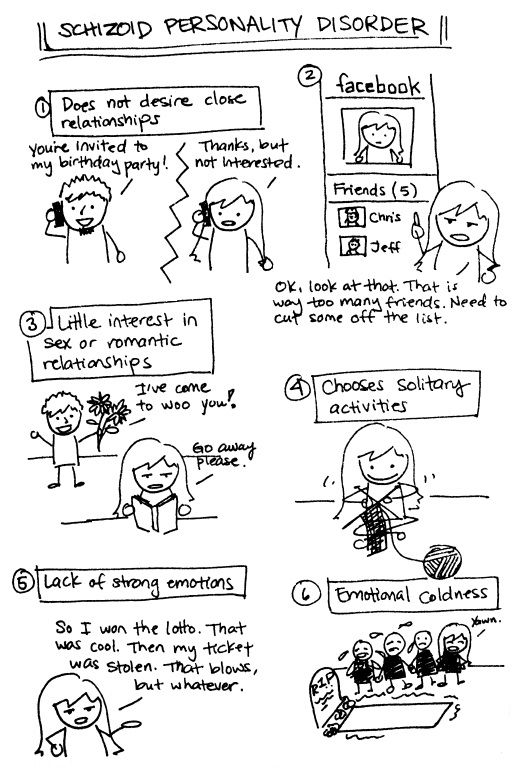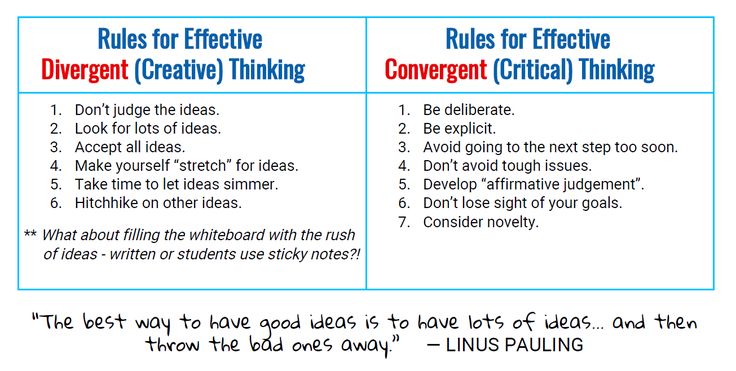Over controlling people
Signs, causes, and how to deal with them
Sometimes people try to assert power over others and control situations. They may do this out of anxiety because they worry that things will go wrong if they do not maintain control. In other cases, it may be to assert dominance. In this case, it is a form of abuse.
Everyone tries to control what happens in their life to a certain extent. However, when a person tries to control elements of someone else’s life, this can be damaging.
In this article, we describe the signs that a person is controlling and explain how control relates to abuse. We also look at the causes of controlling behavior and how to deal with it.
If someone tries to control situations or other people to an unhealthy extent, others may describe them as a controlling person.
They may try to control a situation by taking charge and doing everything themselves or control others through manipulation, coercion, threats, and intimidation.
People may come into contact with controlling individuals in many areas of life. These individuals can be:
- partners
- friends
- family
- bosses
- coworkers
- strangers
- neighbors
These people may wish to control those close to them, such as their partner or family, or gain power and control over larger groups of people.
The National Domestic Violence Hotline defines abuse as behaviors that a person uses to maintain power and control over another individual. These behaviors may arise in intimate relationships but also appear in the workplace, family relationships, and friendships.
Controlling behaviors may occur in several forms of abuse, including:
- Physical abuse: Any unwanted contact from someone who has the intention of causing another person injury is physical abuse.
- Emotional and verbal abuse: This comes in the form of nonphysical behavior, such as insulting or threatening someone, constantly monitoring them, or trying to humiliate them.
- Sexual abuse: Behaviors constitute sexual abuse if they pressure or force people into a sexual activity in which they do not want to engage.

- Financial abuse: This occurs when someone attempts to control a person’s financial situation.
- Digital abuse: This form of abuse uses technology, such as texting and social media, to harass or intimidate someone.
- Stalking: Stalking happens when someone watches or follows a person constantly, making them feel unsafe.
Abusive behaviors that someone may use to exert control over an individual may include:
- slapping, punching, kicking, biting, choking, scratching, or trying to smother a person, throwing objects at them, or pulling their hair
- threatening to use weapons against them, such as knives, bats, or firearms
- forcing them to use alcohol or drugs
- preventing them from leaving the home or forcing them to go somewhere
- calling them names, yelling or screaming at them, and criticizing them to break down their confidence
- humiliating them in front of other people or using online communities to intimidate or embarrass them
- acting in a possessive manner with a partner, not trusting them, and frequently accusing them of cheating
- demanding to know how they spend their time, where they go, and who they have contact with
- isolating them from seeing family and friends
- blaming them for their abusive behaviors or telling them everything is their fault
- manipulating or forcing them into having sex or performing sexual acts
- giving them an allowance and monitoring their purchases
- depositing paychecks to a bank account they cannot access
- stopping them from going to work by taking away their mode of transport
- stating who they can or cannot follow or speak with on social media
- using social media or GPS technology to track their activities
- pressuring them to send compromising or explicit messages, photos, or videos
- constantly messaging them and making them feel as though they cannot be away from their phone
- sending them unwanted messages, emails, texts, voicemails, and letters
- showing up at their home or workplace uninvited
Abuse can manifest in many ways, and more than one type of abusive behavior often occurs in an abusive relationship.
Several underlying factors may drive controlling behavior, such as:
- Anxiety: For some people, attempting to control certain situations is a way of coping with anxiety. Treating anxiety or the underlying condition causing it may improve their controlling behavior.
- Personality disorders: Some personality disorders, such as borderline personality disorder (BPD) and narcissistic personality disorder (NPD), may increase the chances of someone using controlling behavior.
- Learned behavior: A person may have learned controlling behavior and other forms of abuse from other people. For example, they may have grown up in a family with domestic violence or intimate partner violence or learned from caregivers to try to exert power over their partner.
It is crucial to note that although mental health conditions and past trauma can contribute to controlling behavior, they can never justify abuse.
Strategies for dealing with controlling people depend on whether the behavior is abusive and whether it occurs at home or in the workplace.
If the behavior is not abusive, it may be best to begin by discussing it with the person. However, confronting a person with abusive behavior may flare up the situation and potentially be dangerous.
Communicate
A person can try communicating with a controlling person by:
- using “I” statements, such as “I feel hurt,” to speak in a way that reduces feelings of blame
- discussing ways to divide responsibilities or share control
- offering alternative courses of action to replace the behavior, such as making plans together rather than the person making plans for them
If, after speaking calmly and openly with someone, they do not listen and continue the controlling behavior, a person may need to consider distancing themselves from the individual.
Set boundaries
It is impossible to influence how someone else behaves completely, but people can be clear about the treatment they expect and how they will respond if someone crosses the line.
A person needs to set boundaries, assertively share what they want with another individual, and say “no” when they are unwilling to do something. By setting boundaries, a person regains control and clarifies what they will and will not tolerate.
Choose a response
When someone is controlling, a person can respond in various ways to diffuse the situation. These include:
- Ignoring them and walking away: If a person is trying to humiliate someone, quietly walking away will draw attention to their dysfunctional behavior rather than indulging them.
- Creating a distraction or changing the subject: If a controlling person uses long, rehearsed speeches to wear a person down, interrupting them will make it more difficult for them to return to where they left off.
- Asking them a question: If someone views a situation as only being able to go the way they want or the complete opposite, it can help to ask a question.
 A question can reinforce that there are more than two options available.
A question can reinforce that there are more than two options available. - Counteracting with reason: If a parent uses the fact that they gave birth to someone as a way to control them, the person could ignore the attempt at guilt tripping and counteract with logic rather than emotion. They could remind the parent that people never have to do anything and have the right to choose.
- Acknowledging their fear: If a controlling person is jealous about someone’s relationship with another friend, it may be helpful to respond directly to their fear of abandonment. Acknowledging their fear that the person will leave them for someone else and discussing the topic may prevent them from making envious comments in the future.
Create a safety plan
If someone feels unsafe due to a person’s controlling, abusive behavior, they should consider developing a safety plan. A safety plan can help them safely leave the situation and lower their risk of being hurt.
According to the Office on Women’s Health, a safety plan may involve:
- identifying friends and family members to contact for help
- identifying exit points and safe places to go
- keeping an alternative prepaid cellphone nearby
- memorizing the phone numbers of trusted family members, friends, or shelters
- making a list of items or documents to take when leaving quickly
- checking with a doctor about how to gain access to extra, medically necessary items for themselves or their children
- getting information on the local family court in case they require a restraining order
- collecting evidence of abuse or violence, if it is safe to do so
The National Domestic Violence Hotline provides an interactive guide to safety planning, and the Office on Women’s Health details what to include in a safety packing list.
Emotional and verbal abuse can sometimes escalate to physical abuse, so a person must know the warning signs that a situation could become threatening.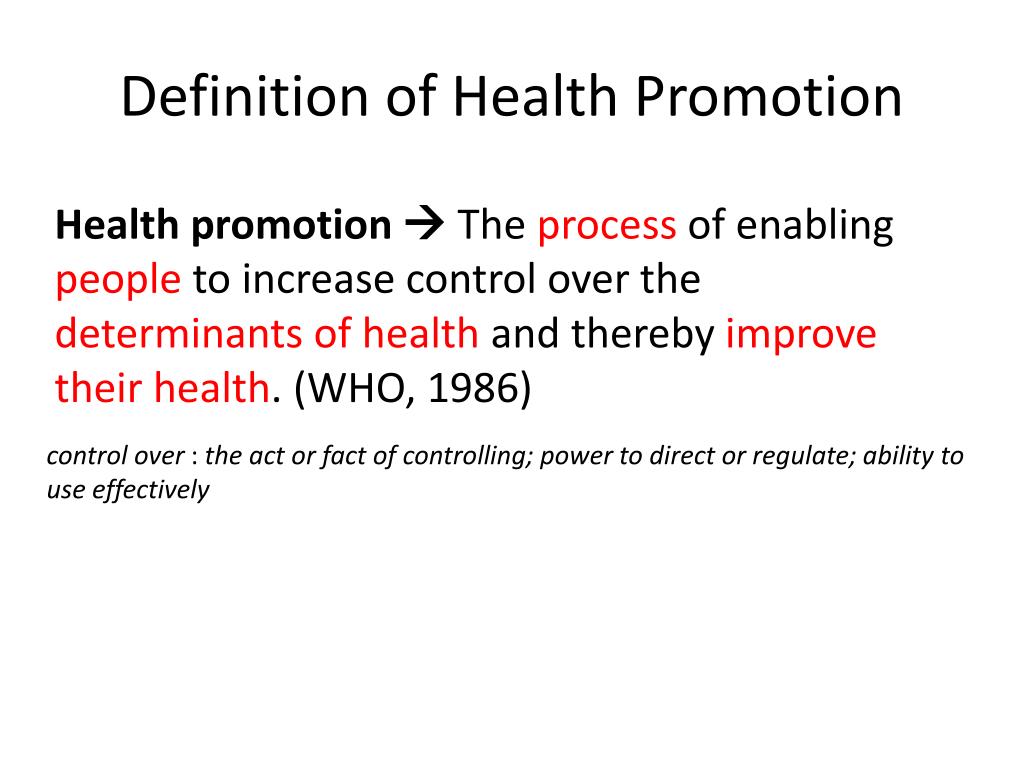
Signs that a relationship has become dangerous include the person:
- displaying physically intimidating behaviors, such as punching walls, throwing objects, or breaking a person’s belongings
- using weapons to intimidate
- harming or threatening to harm pets or children
- threatening self-harm, violence, or death to get what they want
Everyone has the right to feel safe. Anyone experiencing abuse should seek help to keep themselves and their loved ones safe.
Various helplines, support groups, counselors, therapists, and other resources are available to ensure that people can find safety and recover.
If you or someone you know is in immediate danger of domestic violence, call 911 or otherwise seek emergency help. Anyone who needs advice or support can contact the National Domestic Violence Hotline 24/7 via:
- phone, at 800-799-7233
- live chat, at thehotline.org
- text, by texting LOVEIS to 22522
Many other resources are available, including helplines, in-person support, and temporary housing. People can find local resources and others classified by demographics, such as support specifically for People of Color, here:
People can find local resources and others classified by demographics, such as support specifically for People of Color, here:
- The Office on Women’s Health
- The National Coalition Against Domestic Violence
To a degree, everyone wants to control what happens to them. However, if a person needs to control every part of their routine, situation, or environment, they may have anxiety or a mental health condition.
When someone tries to control or manipulate others, this can be a form of abuse.
It may be possible for a controlling person to change their behavior over time with psychotherapy if a relationship is unhealthy and not abusive. However, if a relationship involves abuse, a person’s behavior could escalate to physical violence.
It is important for people living with a controlling or abusive person to create a safety plan to protect themselves. A safety plan can help them leave a threatening situation safely and be more independent once they have left.
Signs, causes, and how to deal with them
Sometimes people try to assert power over others and control situations. They may do this out of anxiety because they worry that things will go wrong if they do not maintain control. In other cases, it may be to assert dominance. In this case, it is a form of abuse.
Everyone tries to control what happens in their life to a certain extent. However, when a person tries to control elements of someone else’s life, this can be damaging.
In this article, we describe the signs that a person is controlling and explain how control relates to abuse. We also look at the causes of controlling behavior and how to deal with it.
If someone tries to control situations or other people to an unhealthy extent, others may describe them as a controlling person.
They may try to control a situation by taking charge and doing everything themselves or control others through manipulation, coercion, threats, and intimidation.
People may come into contact with controlling individuals in many areas of life.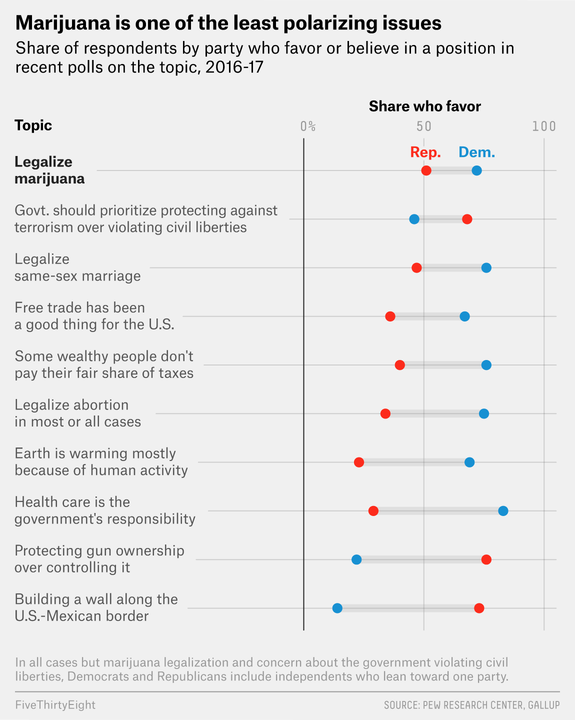 These individuals can be:
These individuals can be:
- partners
- friends
- family
- bosses
- coworkers
- strangers
- neighbors
These people may wish to control those close to them, such as their partner or family, or gain power and control over larger groups of people.
The National Domestic Violence Hotline defines abuse as behaviors that a person uses to maintain power and control over another individual. These behaviors may arise in intimate relationships but also appear in the workplace, family relationships, and friendships.
Controlling behaviors may occur in several forms of abuse, including:
- Physical abuse: Any unwanted contact from someone who has the intention of causing another person injury is physical abuse.
- Emotional and verbal abuse: This comes in the form of nonphysical behavior, such as insulting or threatening someone, constantly monitoring them, or trying to humiliate them.
- Sexual abuse: Behaviors constitute sexual abuse if they pressure or force people into a sexual activity in which they do not want to engage.
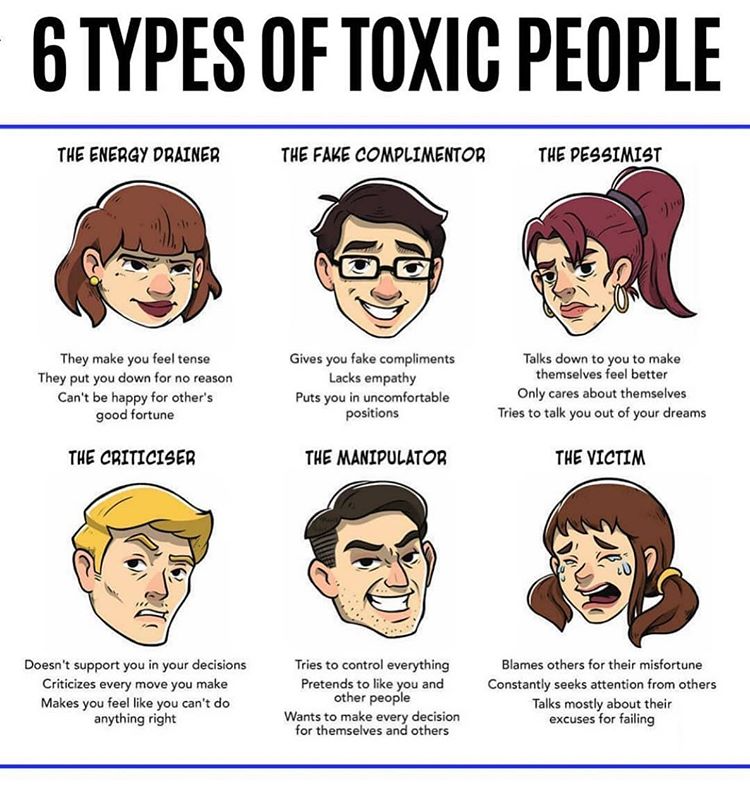
- Financial abuse: This occurs when someone attempts to control a person’s financial situation.
- Digital abuse: This form of abuse uses technology, such as texting and social media, to harass or intimidate someone.
- Stalking: Stalking happens when someone watches or follows a person constantly, making them feel unsafe.
Abusive behaviors that someone may use to exert control over an individual may include:
- slapping, punching, kicking, biting, choking, scratching, or trying to smother a person, throwing objects at them, or pulling their hair
- threatening to use weapons against them, such as knives, bats, or firearms
- forcing them to use alcohol or drugs
- preventing them from leaving the home or forcing them to go somewhere
- calling them names, yelling or screaming at them, and criticizing them to break down their confidence
- humiliating them in front of other people or using online communities to intimidate or embarrass them
- acting in a possessive manner with a partner, not trusting them, and frequently accusing them of cheating
- demanding to know how they spend their time, where they go, and who they have contact with
- isolating them from seeing family and friends
- blaming them for their abusive behaviors or telling them everything is their fault
- manipulating or forcing them into having sex or performing sexual acts
- giving them an allowance and monitoring their purchases
- depositing paychecks to a bank account they cannot access
- stopping them from going to work by taking away their mode of transport
- stating who they can or cannot follow or speak with on social media
- using social media or GPS technology to track their activities
- pressuring them to send compromising or explicit messages, photos, or videos
- constantly messaging them and making them feel as though they cannot be away from their phone
- sending them unwanted messages, emails, texts, voicemails, and letters
- showing up at their home or workplace uninvited
Abuse can manifest in many ways, and more than one type of abusive behavior often occurs in an abusive relationship.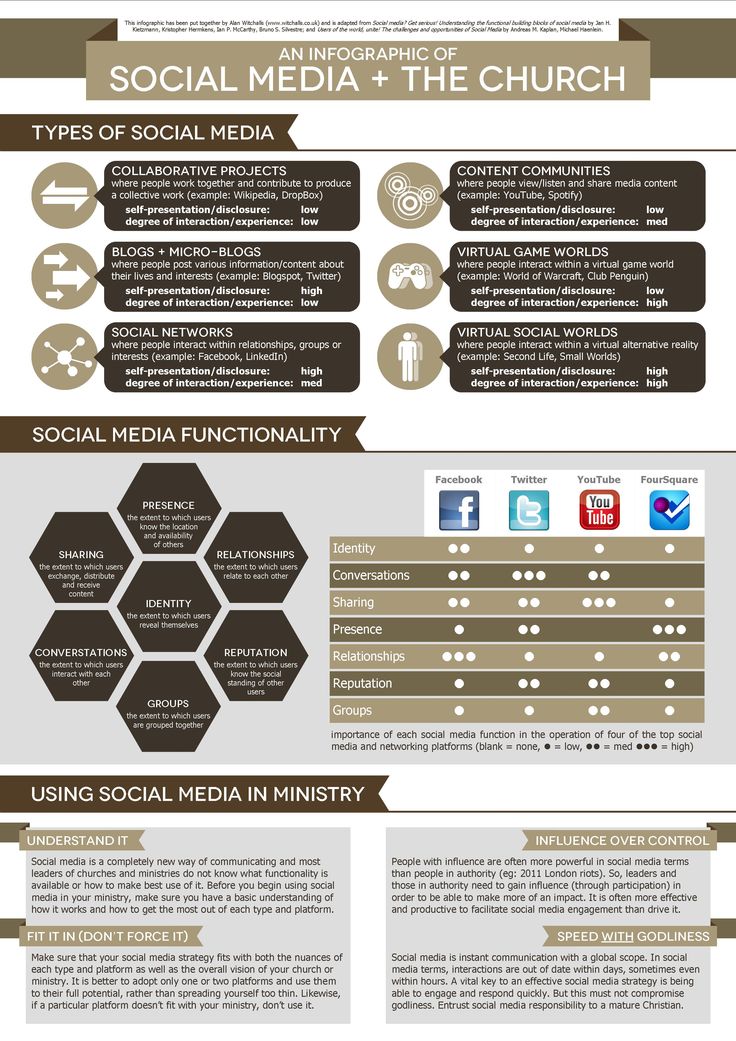
Several underlying factors may drive controlling behavior, such as:
- Anxiety: For some people, attempting to control certain situations is a way of coping with anxiety. Treating anxiety or the underlying condition causing it may improve their controlling behavior.
- Personality disorders: Some personality disorders, such as borderline personality disorder (BPD) and narcissistic personality disorder (NPD), may increase the chances of someone using controlling behavior.
- Learned behavior: A person may have learned controlling behavior and other forms of abuse from other people. For example, they may have grown up in a family with domestic violence or intimate partner violence or learned from caregivers to try to exert power over their partner.
It is crucial to note that although mental health conditions and past trauma can contribute to controlling behavior, they can never justify abuse.
Strategies for dealing with controlling people depend on whether the behavior is abusive and whether it occurs at home or in the workplace.
If the behavior is not abusive, it may be best to begin by discussing it with the person. However, confronting a person with abusive behavior may flare up the situation and potentially be dangerous.
Communicate
A person can try communicating with a controlling person by:
- using “I” statements, such as “I feel hurt,” to speak in a way that reduces feelings of blame
- discussing ways to divide responsibilities or share control
- offering alternative courses of action to replace the behavior, such as making plans together rather than the person making plans for them
If, after speaking calmly and openly with someone, they do not listen and continue the controlling behavior, a person may need to consider distancing themselves from the individual.
Set boundaries
It is impossible to influence how someone else behaves completely, but people can be clear about the treatment they expect and how they will respond if someone crosses the line.
A person needs to set boundaries, assertively share what they want with another individual, and say “no” when they are unwilling to do something. By setting boundaries, a person regains control and clarifies what they will and will not tolerate.
Choose a response
When someone is controlling, a person can respond in various ways to diffuse the situation. These include:
- Ignoring them and walking away: If a person is trying to humiliate someone, quietly walking away will draw attention to their dysfunctional behavior rather than indulging them.
- Creating a distraction or changing the subject: If a controlling person uses long, rehearsed speeches to wear a person down, interrupting them will make it more difficult for them to return to where they left off.
- Asking them a question: If someone views a situation as only being able to go the way they want or the complete opposite, it can help to ask a question.
 A question can reinforce that there are more than two options available.
A question can reinforce that there are more than two options available. - Counteracting with reason: If a parent uses the fact that they gave birth to someone as a way to control them, the person could ignore the attempt at guilt tripping and counteract with logic rather than emotion. They could remind the parent that people never have to do anything and have the right to choose.
- Acknowledging their fear: If a controlling person is jealous about someone’s relationship with another friend, it may be helpful to respond directly to their fear of abandonment. Acknowledging their fear that the person will leave them for someone else and discussing the topic may prevent them from making envious comments in the future.
Create a safety plan
If someone feels unsafe due to a person’s controlling, abusive behavior, they should consider developing a safety plan. A safety plan can help them safely leave the situation and lower their risk of being hurt.
According to the Office on Women’s Health, a safety plan may involve:
- identifying friends and family members to contact for help
- identifying exit points and safe places to go
- keeping an alternative prepaid cellphone nearby
- memorizing the phone numbers of trusted family members, friends, or shelters
- making a list of items or documents to take when leaving quickly
- checking with a doctor about how to gain access to extra, medically necessary items for themselves or their children
- getting information on the local family court in case they require a restraining order
- collecting evidence of abuse or violence, if it is safe to do so
The National Domestic Violence Hotline provides an interactive guide to safety planning, and the Office on Women’s Health details what to include in a safety packing list.
Emotional and verbal abuse can sometimes escalate to physical abuse, so a person must know the warning signs that a situation could become threatening.
Signs that a relationship has become dangerous include the person:
- displaying physically intimidating behaviors, such as punching walls, throwing objects, or breaking a person’s belongings
- using weapons to intimidate
- harming or threatening to harm pets or children
- threatening self-harm, violence, or death to get what they want
Everyone has the right to feel safe. Anyone experiencing abuse should seek help to keep themselves and their loved ones safe.
Various helplines, support groups, counselors, therapists, and other resources are available to ensure that people can find safety and recover.
If you or someone you know is in immediate danger of domestic violence, call 911 or otherwise seek emergency help. Anyone who needs advice or support can contact the National Domestic Violence Hotline 24/7 via:
- phone, at 800-799-7233
- live chat, at thehotline.org
- text, by texting LOVEIS to 22522
Many other resources are available, including helplines, in-person support, and temporary housing. People can find local resources and others classified by demographics, such as support specifically for People of Color, here:
People can find local resources and others classified by demographics, such as support specifically for People of Color, here:
- The Office on Women’s Health
- The National Coalition Against Domestic Violence
To a degree, everyone wants to control what happens to them. However, if a person needs to control every part of their routine, situation, or environment, they may have anxiety or a mental health condition.
When someone tries to control or manipulate others, this can be a form of abuse.
It may be possible for a controlling person to change their behavior over time with psychotherapy if a relationship is unhealthy and not abusive. However, if a relationship involves abuse, a person’s behavior could escalate to physical violence.
It is important for people living with a controlling or abusive person to create a safety plan to protect themselves. A safety plan can help them leave a threatening situation safely and be more independent once they have left.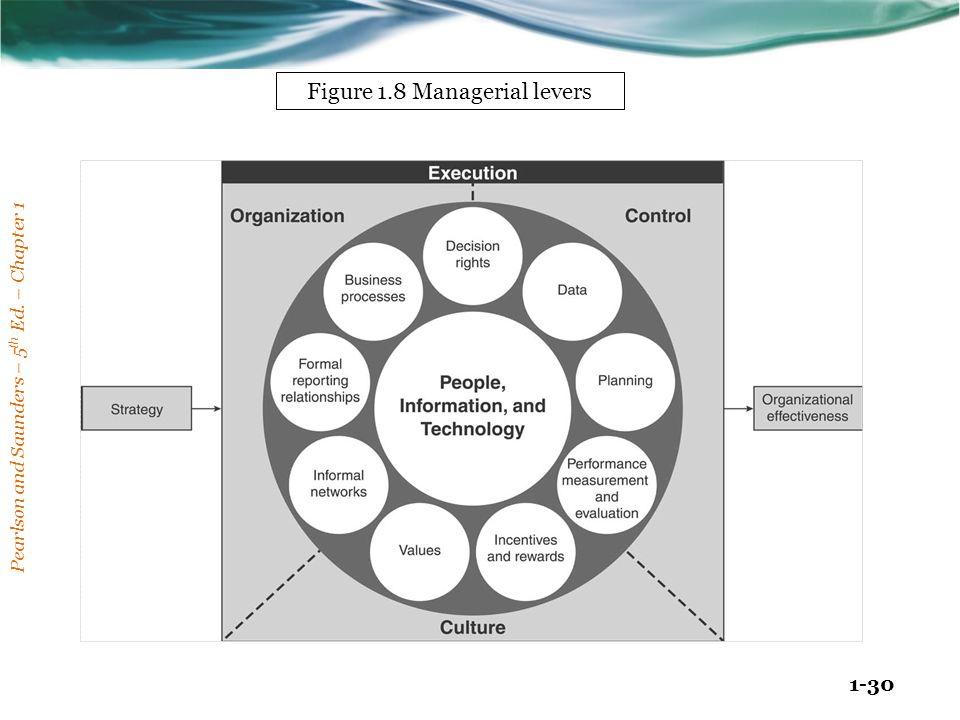
Mental health: Taking care of yourself: Lenta.ru
Why do successful people who have access to all the joys of life so often feel completely unhappy? They masterfully manage business processes and the destinies of others, but at the same time they cannot find inner peace. Lenta.ru, together with experts, decided to figure out how the desire to control everything affects the feeling of happiness and how to get rid of the manic habit of keeping abreast of 24/7.
Where does the desire to control everything come from?
The informal term control freak, which refers to the behavioral habits of different personality types, appeared in the 1970s and was used to define the behavior of a person who seeks to structure not only his life, but also influence others. Many control freaks explain their behavior as a simple concern for others, but not everything is so simple. Psychologists distinguish the tendency to control everything, a kind of perfectionism, from a painful sense of responsibility, when a person crosses conceivable and unthinkable boundaries, if only to get exactly the result that he was striving for.
Alena Tretyakova, family psychologist :
Alena Tretyakova
The desire to control everything is a protective mechanism of the psyche, called in psychology “almighty control”, under which, as a rule, deep fears are hidden. All the omnipotence of control is actually aimed at avoiding feeling defenseless or helpless.
Control freaks consider themselves to be the center of the universe, and hence their two biggest problems follow: responsibility and guilt. Since I am so omnipotent, I have to foresee, plan and control everything, and if something went wrong, this is definitely my fault, even if I was not around at the time of what was happening. Such a person cannot admit that something does not depend on him, that there are events that cannot be foreseen or influenced in any way. Indeed, in this case, he must say goodbye to his grandiosity, and this cannot be agreed to.
Gradually, total control is transferred by the perfectionist to his inner circle: he makes everyone walk literally on the line. Often this is due to fear of public condemnation. After all, if a person does not once again ask his relatives where they are, what they are doing or how their successes are, then he is irresponsible about his family. In other words, he absolutely does not care how and how his loved ones live, respectively, and in the eyes of society, he will look irresponsible and unpromising.
Often this is due to fear of public condemnation. After all, if a person does not once again ask his relatives where they are, what they are doing or how their successes are, then he is irresponsible about his family. In other words, he absolutely does not care how and how his loved ones live, respectively, and in the eyes of society, he will look irresponsible and unpromising.
Photo: Jeff Sheldon / Unsplash
Oleg Dolgitsky, clinical psychologist, forensic psychologist :
Oleg Dolgitsky
Control itself (as a desire for order) can be quite a healthy meaning, characteristic of people with an archetype ruler. It can also manifest itself as a neurotic reaction in paranoid tendencies and act as a pathological symptom that can manifest itself in the form of authoritarianism.
Control freaks is an informal name for a psychological accentuation associated with an obsessive desire to control everything that happens around. This is just an everyday designation of people who strive for a pathological order around them. For example, all kinds of biohackers who are trying to control hormones in their bodies. It can also be a parent with overprotection of their child. Or a boss who monitors every action of employees. Some control freaks explain their desire to keep abreast of the desire to protect themselves and loved ones from some unpredictable situations, thereby ensuring comfort and safety.
For example, all kinds of biohackers who are trying to control hormones in their bodies. It can also be a parent with overprotection of their child. Or a boss who monitors every action of employees. Some control freaks explain their desire to keep abreast of the desire to protect themselves and loved ones from some unpredictable situations, thereby ensuring comfort and safety.
Photo: Ketut Subiyanto / Pexels
Tatyana Potapova, psychotherapist at SM-Clinic, Associate Professor, Ph.D. :
Tatyana Potapova
In the future, control freaks manifest themselves as anxious individuals who seek to eliminate the feeling of anxiety with the help of self-control; as emotional narcissists, very self-centered, willing to show their own "I"; as hysterical types with pronounced theatrical behavior. Through control, they are able to achieve their goal. It can be pedants who strive to do everything right. Most often, such pedantry is defensive in nature: “If you plan everything, do everything right, then perhaps nothing bad will happen.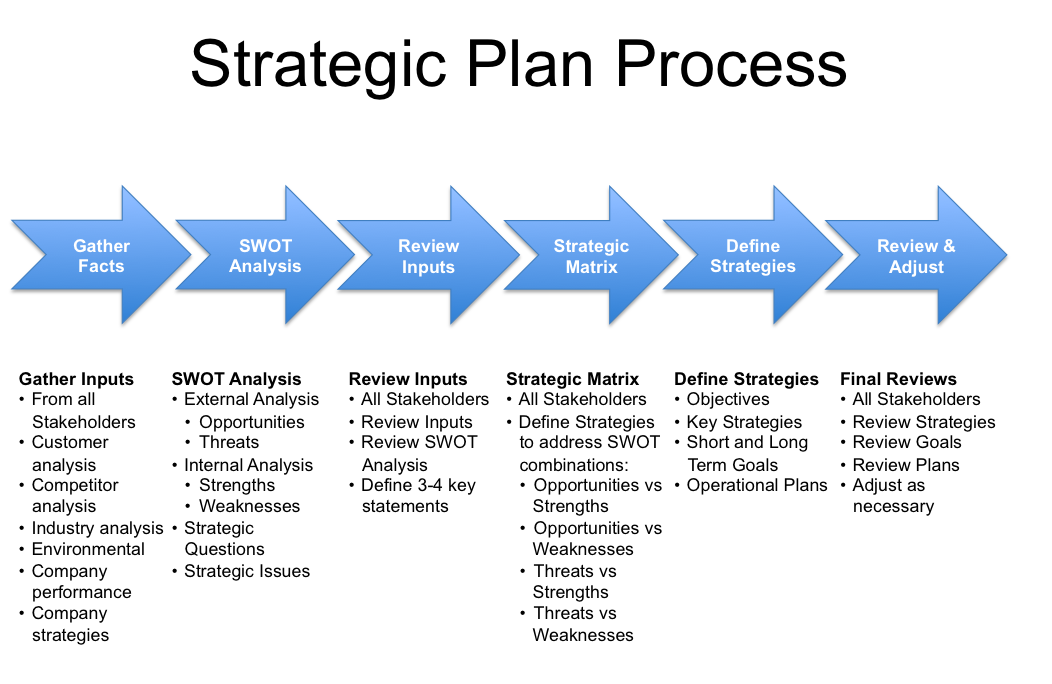 ” It can also be emotionally labile personalities, manipulators.
” It can also be emotionally labile personalities, manipulators.
Psychological dictators are the most prone to total control and, on the contrary, manipulators - "rags", that is, manipulating from a position of weakness. For example, a mother who says to her child: “You didn’t wash the dishes, my heart will ache.”
At the same time, the control freak can internally identify with a rigid parent or parent-controller, that is, in this way he can imitate the parent's behavior style.
Types of control freaks
An obsessive desire to control everything may indicate an unconscious desire for power and an attempt to get rid of excessive anxiety. Psychologists identify five main types of control freaks:
- Dependents
- Daffodils
- Hysterical personalities
- Persons with paranoid disorder
- Obsessive Compulsive Personalities
Depending on the manifestation of fears, the behavior of control freaks is significantly different. So, for example, narcissists want to assert themselves, it is important for them to know that they are the best in the world. And for them it will become a real tragedy if suddenly others doubt their ideality, find out about their weaknesses and shortcomings.
So, for example, narcissists want to assert themselves, it is important for them to know that they are the best in the world. And for them it will become a real tragedy if suddenly others doubt their ideality, find out about their weaknesses and shortcomings.
But it is very important for addicts to understand that they will not be abandoned, that they are needed like no one else. They are terribly afraid of being alone, so they harass their partner with manipulation and pressure for pity. Often this behavior is due to total control and restrictions in childhood. Over time, it takes on a hypertrophied form and indicates a manifestation of psychological imbalance.
Why is the mania of total control dangerous?
According to numerous studies, people who seek to control everyone and everything are more likely than others to experience insomnia, heart problems, anxiety, high blood pressure and chronic fatigue. In addition, control freaks often have various neuroses and psycho-emotional problems.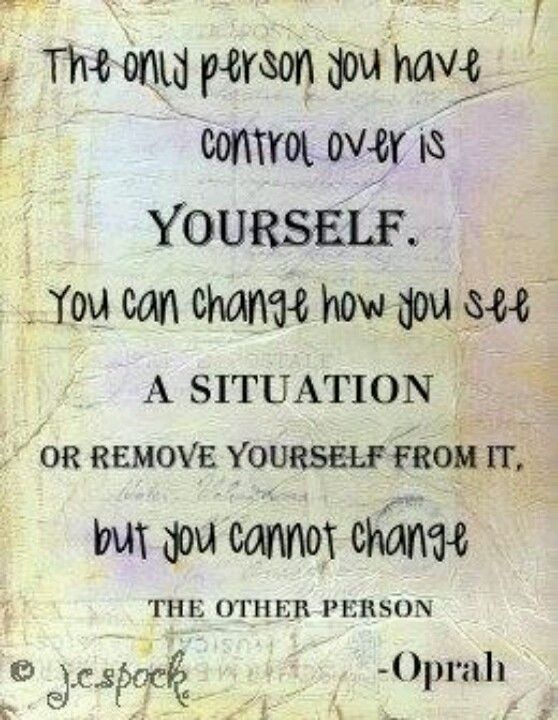
As for negative manifestations, control freaks spend too much energy on solving often non-existent problems in everyday life.
They perceive a negative result as a real tragedy, depriving them of the meaning of further existence.
And instead of noticing the joys of life and enjoying happiness, they waste resources and irritate those around them with their control. This is especially evident in the work process.
In relationships, this is even more acute. Control freaks try to keep abreast of all the actions of a partner, not letting him breathe freely. And if at the very beginning this can be perceived as real care and attention, then over time the chosen one will begin to be burdened by a lack of trust and attempts to manipulate. Accordingly, such an obsessive relationship will not bring joy and happiness to any of the partners.
According to experts, total control only creates the illusion of stability and well-being, but is not an absolute guarantee of the absence of failures.
Photo: Tima Miroshnichenko / Pexels
Tatyana Potapova, psychotherapist at SM-Clinic, associate professor, Ph.D. :
A control freak thinks he can control everything, influence everything that happens around him. This is a psychological defense mechanism, rather immature and unproductive. Total control is not feasible in principle, that is, in the end, when trying to control everything once and repeatedly, a breakdown occurs.
For example, there are conflicts in the family, and as a result, things sometimes come to a divorce, although the “control freak” did not strive for such an outcome at all. At work, the effectiveness of the control freak decreases, because in the team they begin to treat him in a certain way. In the end, the anxiety of the "control freak" only increases - both in everyday life and in communication with various social groups.
Recognizing a control freak is easy enough. There are several signs that eloquently indicate a manic desire to control everything around:
- Confidence that everything depends only on this person and without him people will definitely not manage
- The slightest deviation from the previously planned plan is comparable to a catastrophe on a universal scale
- Impeccable adherence to the motto: "If you want to do well - do everything yourself"
- The maximum level of distrust towards others: it is imperative to double-check and redo everything behind them
- Absolute rightness in one's actions and decisions
- Attempt to prevent in advance any negative outcome of a situation
- Many unjustified fears and anxieties
- Perfectionism always and in everything: criticality not only to others, but also to one's own mistakes
Photo: Jonathan Borba / Pexels
How to loosen your grip and get rid of the signs of the controller?
Tatyana Potapova, psychotherapist at SM-Clinic, associate professor, Ph.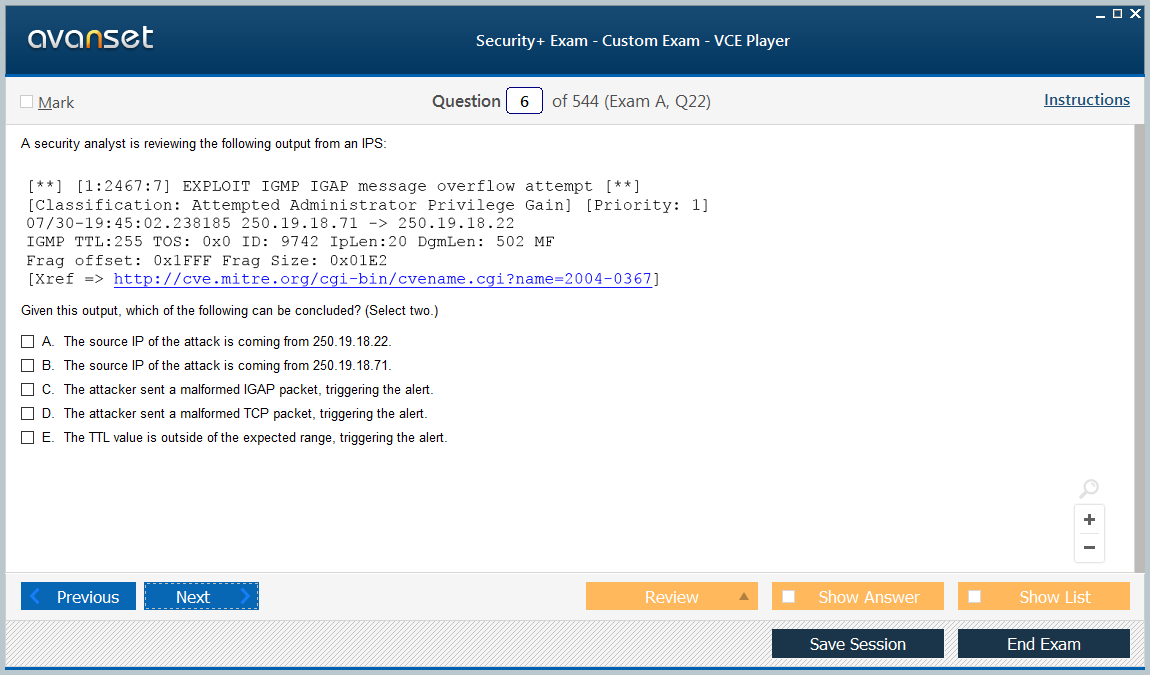 D. :
D. :
First of all, it is necessary to realize the danger posed by such behavior. It must be understood that in this way it will not always be possible to achieve the goal, since the desire to control others creates problems in relationships with close, surrounding people.
You can also loosen your grip and focus on only one priority area of your life. No need to try to embrace the immensity, it is better to direct energy in a certain direction, the most significant and promising. One has only to say goodbye to perfectionism, how to perceive the surrounding reality will become much easier.
It is important to stop deciding for others what to do and how to live. It is necessary to give up the desire to give advice, especially if it is not asked for
Learning to trust and delegate tasks is another way to get rid of total control. In other words, you should not follow close on the heels, checking their every step, or do their work for colleagues. You can shift some of the worries and responsibility to others and watch what is happening.
If a control freak is in your environment, you should try to gently but clearly defend your boundaries. It can be very difficult to point out to loved ones their shortcomings, but this must be done in order to protect yourself from pressure and excessive control. The main thing is not to accumulate resentment in yourself and not go on about other people's desires, otherwise the consequences may turn out to be even more unpleasant and unpredictable.
Alena Tretyakova, family psychologist :
There are many excellent tips on how to overcome this ailment. The main difficulty lies in the fact that the control freaks themselves rarely see this as a problem, and therefore they are not going to fix something. Advice tends to respond to those who fall under the all-powerful influence of the control freak, who can assess the scale of the disaster from the outside. However, they can only be conveyed to the addressee when such behavior will bring the control freak himself more problems than benefits.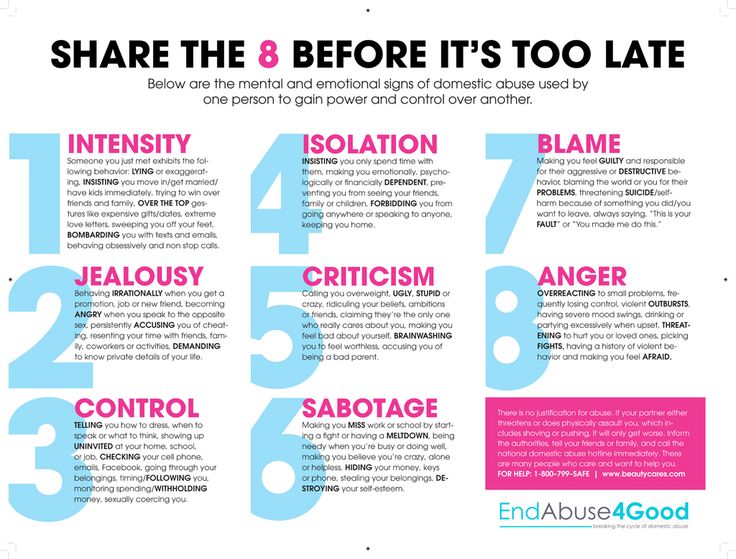
Such people are able to change only if something serious happens in their life that makes them take a fresh look at their attitude towards it.
If a person has managed to trace the traits of a controller in himself and even honestly admit it to himself, you can congratulate him - most of the work is already over
Oleg Dolgitsky, clinical psychologist, forensic psychologist can control everything, that the world in relation to him is total and unpredictable. And as Immanuel Kant said, answering the question of what a person can hope for, only in God. There are many things that are subject to the external transcendent force (nature, the universe, and so on), and some things need to be put under its care.
Without insurance, or How to stop controlling everything in your life?
You have most likely met people who believe that everything in this life depends on them and therefore they must control every little thing. These people are tearing their hair out because of every flaw, whether it's unforeseen rain or broken internet.
 We understand why they generally try to control everything and take responsibility for the forces of nature. And also find out what to do if you notice a tendency to hypercontrol.
We understand why they generally try to control everything and take responsibility for the forces of nature. And also find out what to do if you notice a tendency to hypercontrol. Hypercontrol: what is it and where does it come from?
Hypercontrol, or excessive control, is a popular psychology term used to describe people who seek to control everything around them. This word also describes overly harsh managers who monitor all correspondence and employee search histories, and guardian parents, and partners who know what, where and with whom their spouse is doing.
A person prone to hypercontrol tries to keep in his attention all the smallest details, all events where something can go wrong. Violation of plans for such a person is the worst nightmare, so he is ready to break, but bring events in line with his expectations.
But where does this tendency come from?
Psychologists say that hypercontrol appears from a lack of security that a person could experience in childhood or already in adulthood.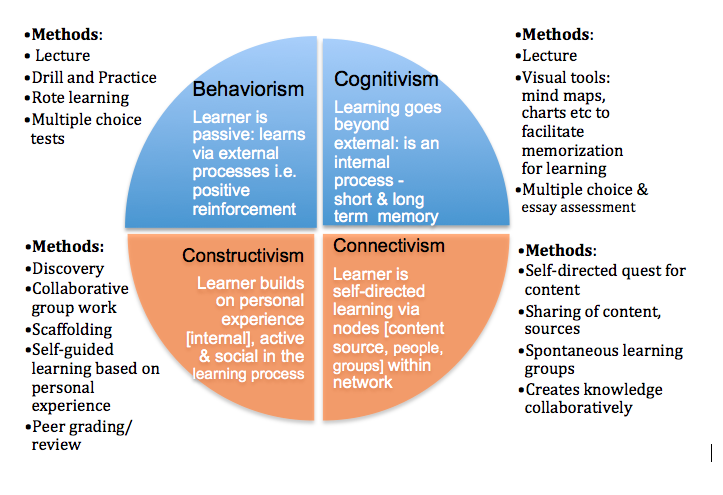 The fact is that our brain loves stability very much, it is synonymous with security in our minds. We are calmer when life does not throw any surprises, but when every day is filled with uncertainty, a person may begin to experience anxiety. Control in this case will be a way to defeat this state, because when you can calculate everything to the smallest detail, there is no need to worry.
The fact is that our brain loves stability very much, it is synonymous with security in our minds. We are calmer when life does not throw any surprises, but when every day is filled with uncertainty, a person may begin to experience anxiety. Control in this case will be a way to defeat this state, because when you can calculate everything to the smallest detail, there is no need to worry.
The tendency to control can arise for various reasons:
Problems from childhood
People who grew up in families where parents were prone to addictions, excessive control or had unpredictable behavior are distinguished by a high tendency to hypercontrol. Children from such families tried to prevent the bad mood of their relatives, so as not to "fall under the distribution." They brought this line of behavior into adulthood.
Codependency
Hypercontrol often comes hand in hand and with codependent relationships in which the partner takes responsibility for the partner's well-being, whether he wants it or not.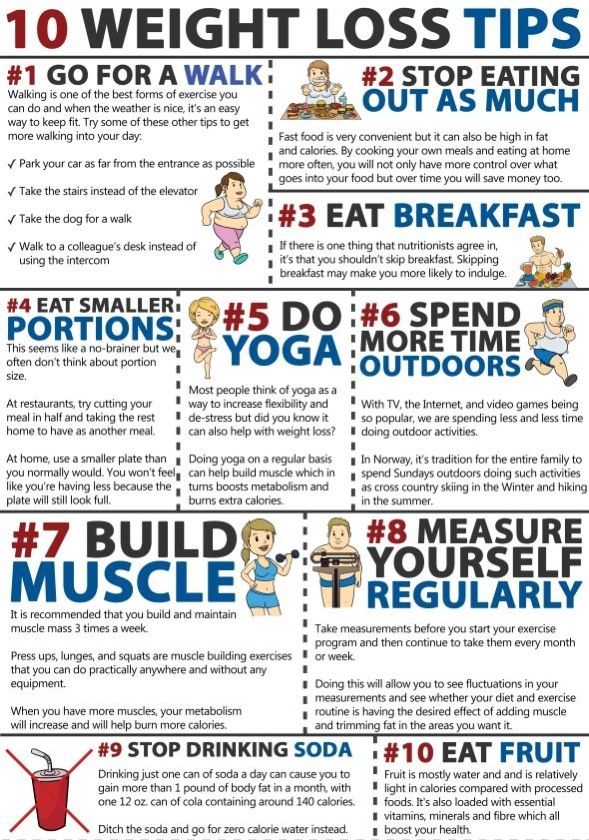 The codependent partner believes that every time the second person in a relationship deviates from the laid course, this is his personal failure and defeat.
The codependent partner believes that every time the second person in a relationship deviates from the laid course, this is his personal failure and defeat.
Mental problems
Hypercontrol may be the tip of the iceberg, and under it you can find a large number of problems with the human psyche: anxiety disorder, obsessive-compulsive disorder, and others. With the help of control, a person will try to calm his anxiety and overcome the fears that haunt him.
Current articles and collections in your smartphone. Subscribe to our Telegram channel and receive all the materials published on our website.
How to get rid of hypercontrol?
Control and responsibility are important qualities of an adult and independent person, but when they go to the extreme, a competent specialist or responsible adult can turn into a tyrant, a control freak, a "doer of good" or a rescuer. Therefore, if you think that the sudden start of rain is the result of your mistakes along with the partner’s toxic behavior or the market crash, then the following tips are for you.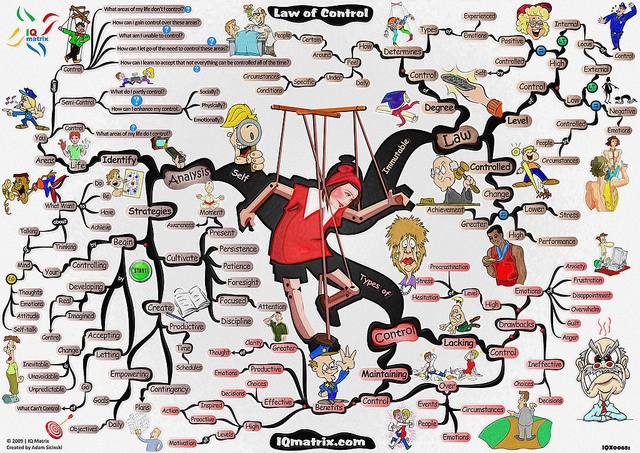
Understand yourself
Be honest about what you are trying to control and why. Find out what needs you are covering with excessive control. Maybe you want to be a good employee no matter what? Or are you trying to make your family and friends proud of you? What does this hypercontrol give you?
Define your area of responsibility
It is difficult to admit that we are not omnipotent and that not everything in life depends on us. No matter how hard we try, there will always be a factor of surprise in life. You cannot control the weather, the behavior and thoughts of other people. As a result, you cannot be responsible for them and blame yourself for the fact that some things do not go according to plan.
Your area of control includes your actions, thoughts and emotions. What is not included in this list, you can let go.
Develop flexibility
Trying to control everything you spend a lot of resources: energy, attention, time.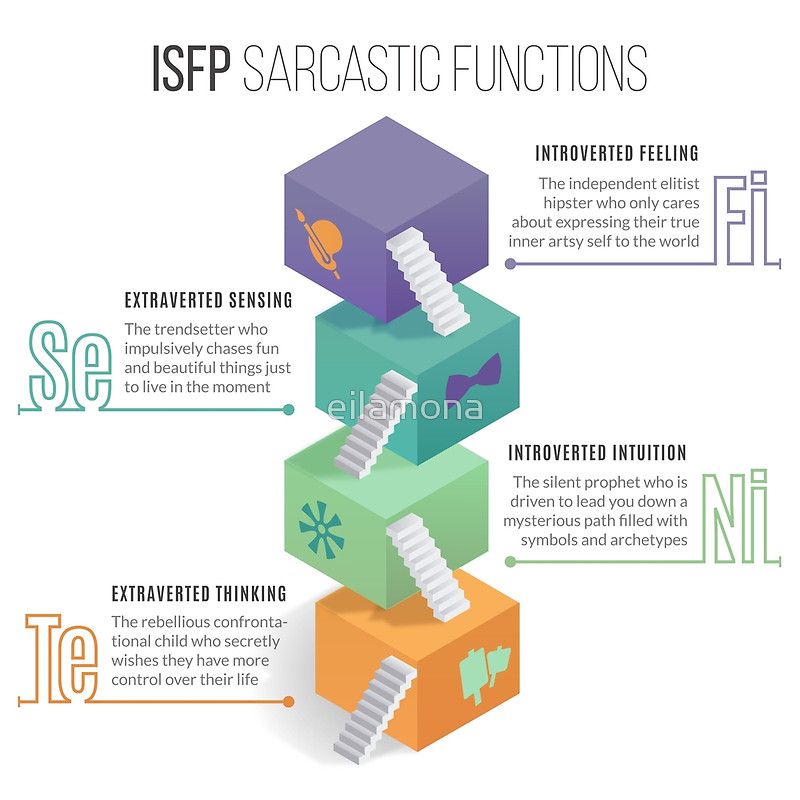 Based on the previous point, analyze how many things in your life are not in your area of responsibility and how much time you spend trying to control them. Try instead to do what you like, spend time with loved ones, read books - this also helps to cope with anxiety. Some problems can indeed be solved as they come up.
Based on the previous point, analyze how many things in your life are not in your area of responsibility and how much time you spend trying to control them. Try instead to do what you like, spend time with loved ones, read books - this also helps to cope with anxiety. Some problems can indeed be solved as they come up.
Drive to the point of absurdity
Play out the worst-case scenario in your head. Take it to the point of absurdity, like in a stupid comedy; you can even illustrate what happens if you leave five minutes late, don't bring an extra pair of shoes, or order delivery instead of a healthy meal. Most likely, what your fantasy will draw for you is many times worse than what can actually happen. And then, when your imagination has come up with a worst-case scenario, try to defeat it like a boggart in Harry Potter - with laughter. Come up with the most ridiculous, awkward and absurd solution to the situation. After all, in the end, there is a way out of any circumstance.
